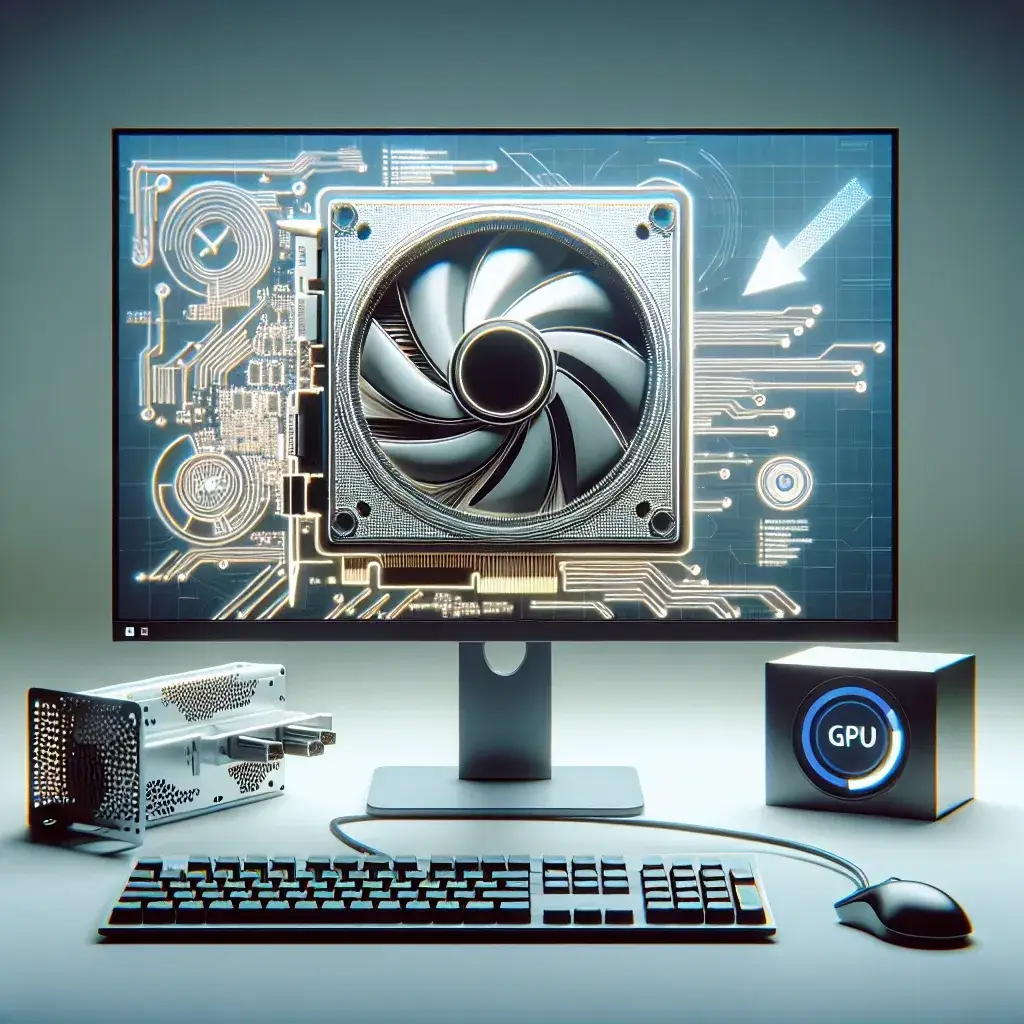
How can I auto‑update GPU drivers on Windows?
Keeping your GPU drivers up to date is crucial for maintaining optimal performance and stability of your graphics card. A well-functioning GPU is essential for gaming, graphic design, rendering, and other tasks that require high graphics performance. In this article, we will explore the steps to auto-update GPU drivers on Windows, along with some insights into the importance of driver updates.
Why Update Your GPU Drivers?
Updating your GPU drivers can significantly enhance your system’s performance. Here are a few reasons why it’s important:
- Improved Performance: New drivers often come with optimizations that enhance the performance of your GPU in various applications and games.
- Bug Fixes: Driver updates frequently address issues that may cause crashes or bugs. This ensures a more stable experience.
- Compatibility: As new games and software are released, updated drivers ensure your hardware remains compatible with the latest technologies.
- New Features: Manufacturers sometimes introduce new features that can improve graphics quality or add functionalities to existing hardware.
How to Auto-Update GPU Drivers on Windows
There are several methods to auto-update your GPU drivers on Windows. Below are the most effective methods:
Method 1: Using Windows Device Manager
Windows Device Manager allows you to easily check for driver updates.
- Right-click on the Start menu and select Device Manager.
- Expand the Display adapters category.
- Right-click on your GPU and select Update driver.
- Choose Search automatically for updated driver software.
If an update is available, Windows will download and install it automatically.
Method 2: Using Windows Update
You can also use Windows Update to search for driver updates.
- Go to Settings by pressing Win + I.
- Select Update & Security.
- Click on Check for updates. Windows will search for updates, including drivers.
Method 3: Using Manufacturer’s Software
Most GPU manufacturers provide their own software for managing drivers. These applications can automatically check for updates:
- NVIDIA GeForce Experience: This software keeps NVIDIA drivers up to date and optimizes game settings.
- AMD Radeon Software: Similar to NVIDIA, AMD provides an application that manages driver updates and game optimizations.
- Intel Driver & Support Assistant: For Intel GPUs, this tool helps keep your drivers updated.
Configuring Automatic Updates
While Windows can manage updates automatically, you may want to configure settings to ensure you’re always up to date:
- Go to Settings again.
- Select Update & Security.
- Click on Advanced options.
- Ensure that the option for automatic updates is enabled.
Common Issues and Solutions
Even with auto-updates, you may encounter issues. Here are some common problems and their solutions:
Issue 1: Failed Driver Updates
If you experience a failed update, try the following:
- Restart your PC and attempt the update again.
- Disable any third-party antivirus as they may interfere with the update process.
Issue 2: Driver Rollback
Sometimes new drivers can cause issues. You can roll back to a previous version:
- Open Device Manager.
- Right-click on your GPU and select Properties.
- Click on the Driver tab.
- Select Roll Back Driver if available.
Future Predictions for GPU Drivers
As technology continues to evolve, the way we update GPU drivers is likely to change. Here are some predictions:
- Enhanced AI Integration: Future updates may utilize AI to deliver more personalized and optimized drivers based on individual user performance requirements.
- Increased Automation: Expect more seamless integration with operating systems to reduce the need for manual checks.
- Real-time Updates: Future drivers may be updated in real-time, providing continuous enhancements without the user needing to be involved.
Conclusion
Auto-updating GPU drivers on Windows is a crucial practice for anyone looking to maintain their system’s performance and stability. Whether using Windows Device Manager, Windows Update, or manufacturer-specific software, keeping drivers up to date ensures that your graphics card runs optimally. By being proactive about driver updates, you can enhance your gaming experience, improve productivity, and mitigate issues that arise from outdated drivers.
